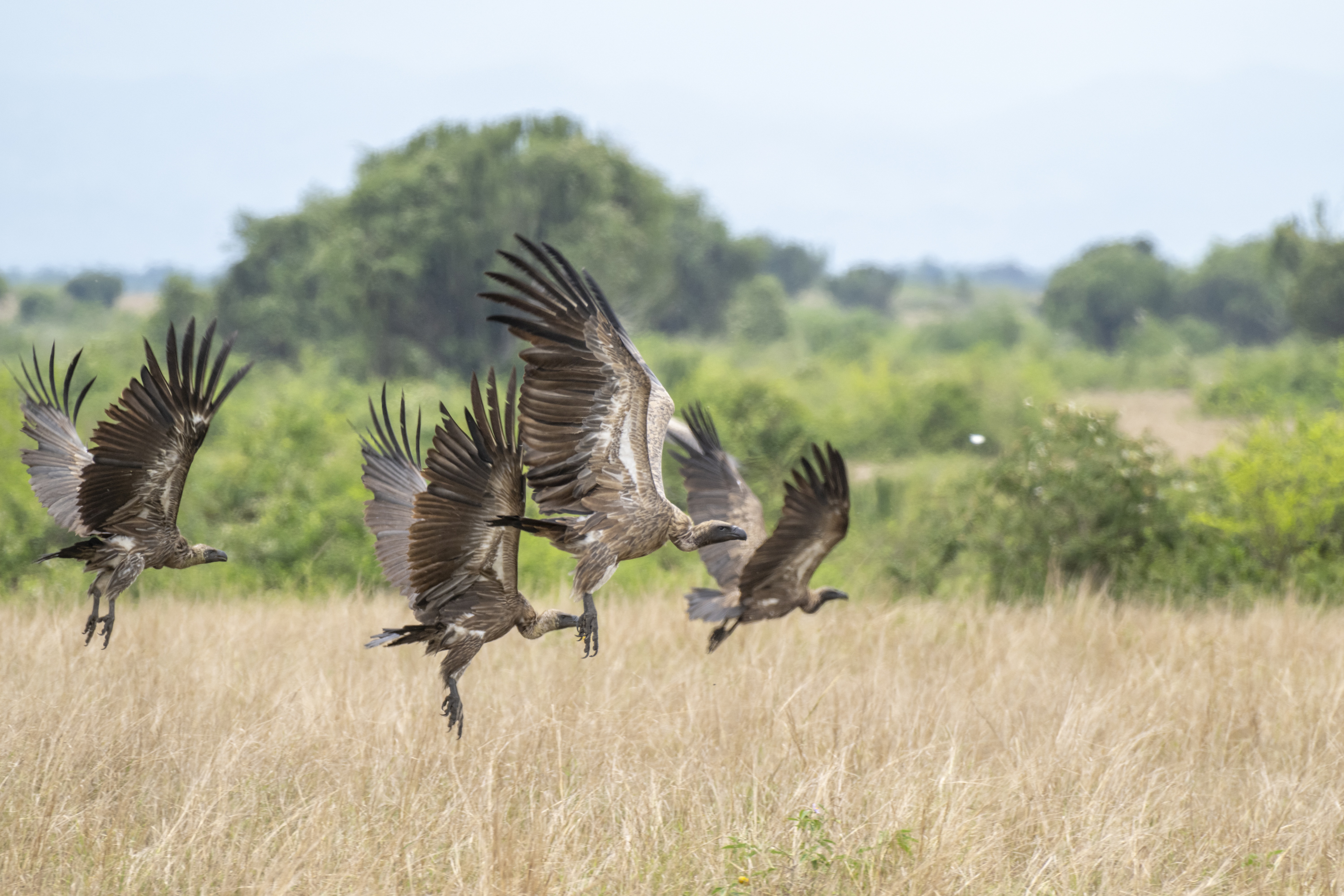Strengthening community engagement and expert knowledge
Restoration Community Member
Plant-for-the-Planet Foundation
Top project badge
Plant-for-the-Planet Foundation
With our platform and tools, we not only provide opportunities to raise funds, simplify data collection for monitoring, and detect forest fires earlier to enable faster response, but also foster a sense of ownership for small grassroots projects tackling the globally critical issue of the climate crisis. Each project on our platform is encouraged to share its challenges and success stories with us and the broader community. This engagement happens through regular Community Talks or direct connections with other projects facing similar challenges, fostering meaningful discussions and facilitating valuable knowledge exchange at both local and regional levels.
Our project badges further enhance this sense of belonging, serving as both a symbol of community membership and an official seal of quality for potential supporters. Additionally, our free and confidential advisory service offers Restoration Organizations tailored guidance from our team of experts, empowering them to sustainably develop and improve their initiatives.
Active Community Engagement: Regular opportunities for interaction, such as Community Talks and peer connections, are essential for fostering collaboration, knowledge sharing, and mutual support among projects.
Training and Support: Providing training and ongoing technical support to project implementers ensures they can maximize the tools' capabilities and interpret the data effectively.
Recognition and Validation: Tools like project badges that serve as symbols of quality and credibility are important for both community morale and attracting potential supporters.
Tailored Advisory Support: Offering accessible, expert-driven, and confidential guidance ensures projects can address their unique challenges and make sustainable improvements.
Accessible Technology and Tools: User-friendly, reliable tools for fundraising, monitoring, and early detection of challenges like forest fires are vital for grassroots projects to operate effectively and achieve their goals.
Global yet Local Focus: Balancing global relevance with local impact ensures that both the broad climate crisis and specific regional needs are addressed comprehensively.
Key Lessons Learned
Community Engagement Builds Long-Term Value
Regular interactions through Community Talks and direct peer connections foster a strong sense of belonging and shared purpose. Projects benefit greatly from knowledge exchange, but these forums require consistent facilitation to ensure meaningful participation.
Recognition Drives Motivation and Credibility
Project badges act as an effective tool to recognize and validate project quality, boosting morale among implementers and instilling confidence in donors. However, the criteria for earning badges must be transparent and consistently applied to maintain trust.
Support Must Be Tailored and Accessible
Free advisory services have proven invaluable for projects facing diverse challenges, especially grassroots initiatives with limited resources. However, ensuring adequate capacity within the advisory team to meet growing demand remains critical.
Challenges and Aspects That Did Not Work
Inconsistent Participation in Community Engagement
Not all projects actively participate in discussions or share their experiences, limiting the potential for mutual learning. Encouraging broader involvement remains a challenge.
Balancing Standardization with Flexibility
While project badges and standards provide structure, some grassroots projects felt constrained by rigid criteria that didn’t fully account for local contexts. Introducing adaptability within guidelines has been key.
Advice for Replication
Foster Inclusive Communities
Actively encourage participation in knowledge-sharing initiatives by highlighting benefits and providing incentives for engagement, such as showcasing success stories.
Invest in Scalable Support Structures
Build a robust advisory team and implement scalable processes to accommodate the diverse needs of a growing project community.
